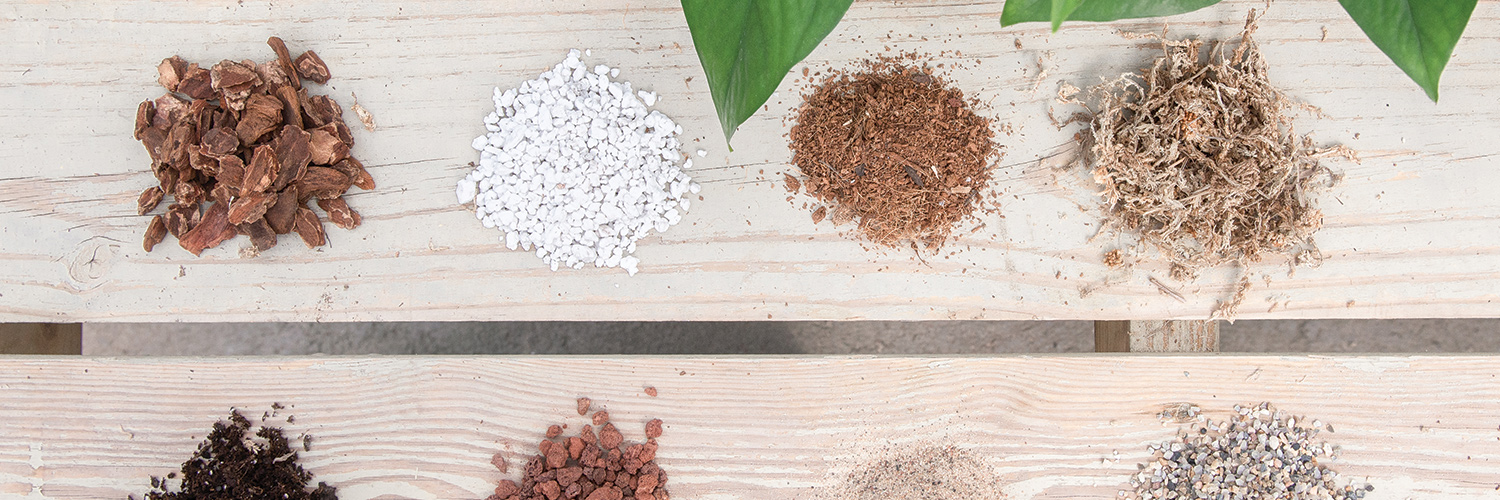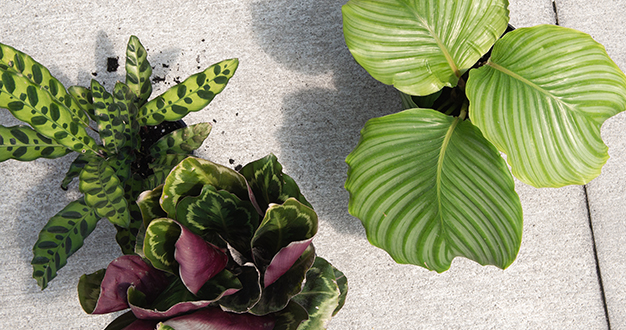
One of the keys to becoming a successful houseplant parent is starting with the right potting mix. Luckily, a good professional potting mix makes that really easy. These mixes are formulated to meet the special needs of all kinds of houseplants – including foliage plants, cacti and succulents, orchids, and other specialty plants. And, beyond that, you can add to these mixes to match the growing conditions in your home or your own plant-care personality. Here, we look at some of the common ingredients you’ll find in professional potting mixes and explain how each affects soil qualities like moisture retention, drainage, and nutrition.

Ingredients That Retain Moisture
Some ingredients in potting mix are used to maintain moisture so it’s available to the plant for an extended time after each watering. In a potting mix that does this well, you’ll find a higher proportion of ingredients like aged evergreen bark, sphagnum peat moss, vermiculite, and coconut coir fiber. Each of these absorbs large volumes of water relative to its weight – and slowly releases that water as the potting mix begins to dry out. Fafard Professional Potting Mix is a soil-less mix composed primarily of aged bark and peat moss. It’s a great option for most houseplants, annuals, and edibles because many of these plants prefer consistent soil moisture around their roots.
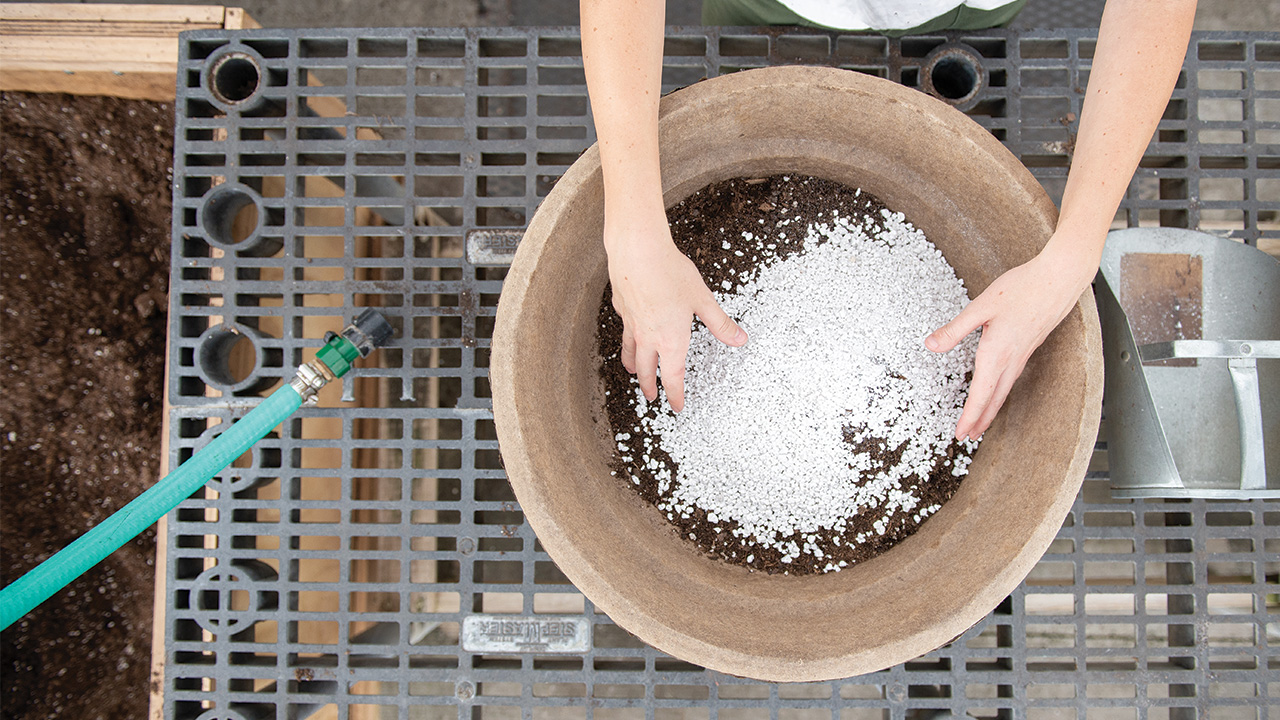
Ingredients That Improve Drainage and Aeration
As important as it is to retain soil moisture for plants, it’s just as important to let excess water drain away. This helps prevent fungal diseases and encourages air exchange through the roots. In a potting mix, components like perlite, course sand, and crushed rock loosen the soil structure – creating air pockets that allow the plants’ roots to breathe and also ease the flow of excess water out of the soil and container. Cacti and succulents are plants that love fast-draining soil – they’re adapted to regions where the soil is coarse, nutrient-poor, and drains away almost instantly after a rainstorm. So, you’ll notice that many professional cacti and succulent soils – like Crump Greenhouse Cactus and Succulent Mix – are often composed primarily of rocky material like crushed red lava.
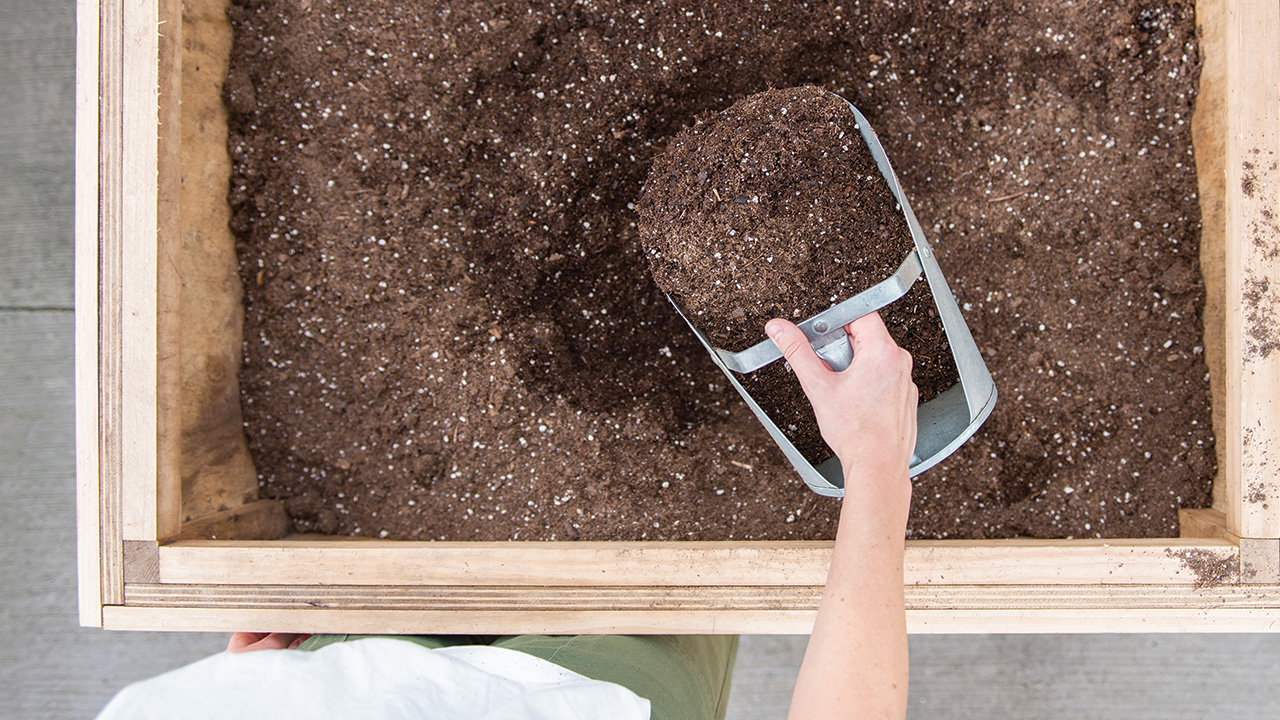
Ingredients that Provide Nutrition
Some potting mixes may contain compost – decayed organic material that breaks down into nutrients that plants can easily take up. While nutrition is one of its primary benefits in a soil, compost also helps retain moisture and improves soil structure and drainage too. Occasionally you may also see worm castings – an organic fertilizer produced by earthworms – included in a potting mix. Aged bark, coir, and vermiculite provide some nutrition as they break down in the soil mix too.
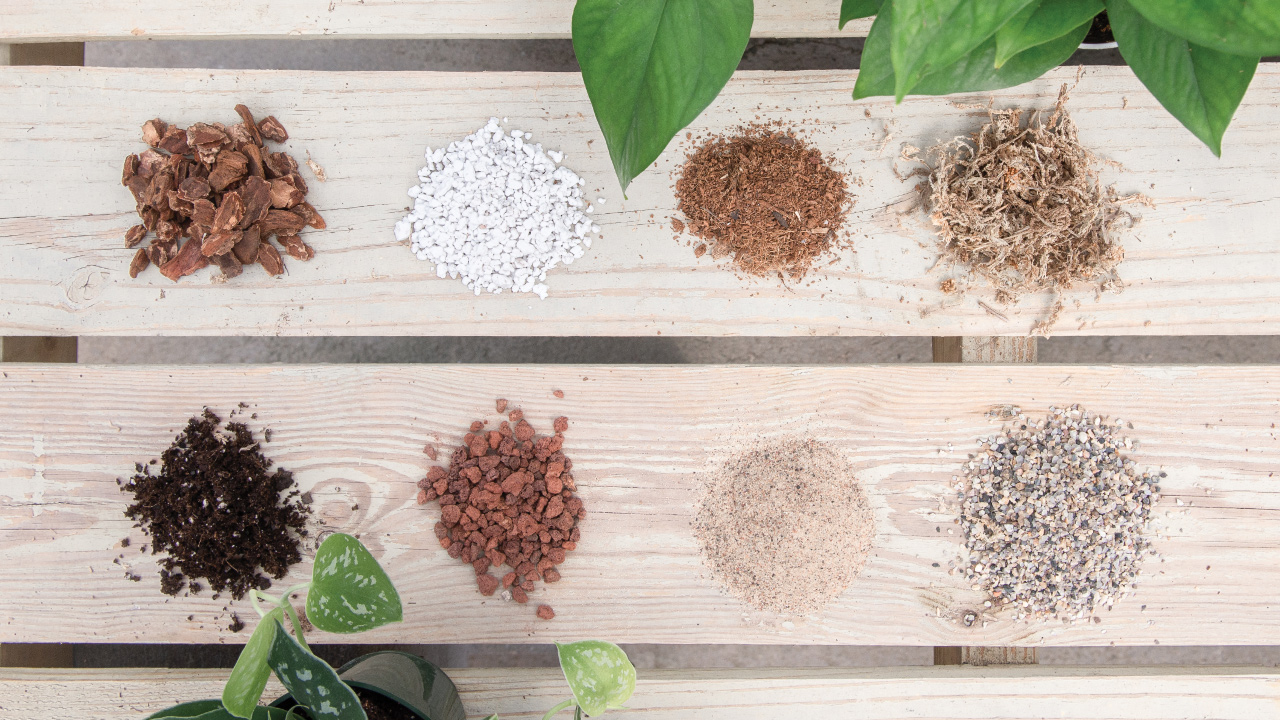
Customize Your Mix
Professional potting mixes are available for all types of specific plants, and when it’s time to repot, these preformulated mixes are a great choice. But, every home is different – some are brighter, some are warmer, some are more or less humid. Each of these environmental factors effects the rate at which plants take up water from their soil.
And every plant parent has their own watering “personality” too. Some of us are prompt and consistent with watering – others tend to let things dry out more. As you add more plants to your collection and start gaining experience with your care, you may notice that a one-size-fits-all approach to potting soil isn’t for you.
For instance, you may notice that your dracaena living near a big picture window dries out quickly – and you tend to let your plants dry out quite a bit before their next drink. In this case, the next time you repot, you might consider adding a little extra peat or coconut coir fiber to help retain a little extra moisture.
Another person – who’s more diligent about watering – may keep the same type of dracaena in a lower-light area. In this situation, the plant uses water more slowly, and the soil stays relatively wet for longer periods of time. It might be beneficial then to add something like perlite or crushed lava rock, which absorb less water and let the excess drain more easily.
And greenhouse team member Penny Bay has a tip for customers who love the little 4” succulents that Rita Auer brings us. Rita’s baby plants grow well in a soil mix made almost entirely of crushed rock. But, you may find these are easier to care for in a potting mix that Penny likes to use – a 50/50 combination of rocky Crump Greenhouse Cactus Soil and one that holds more moisture, like Fafard, or Black Gold Cactus Mix.
We’ll Help You Get the Perfect Mix
Whether the perfect potting soil comes right out of the bag or it needs a little adjusting, we have the products and advice you need to create the best soil combination for any of your plants. Just ask – we’ll be glad to help.

